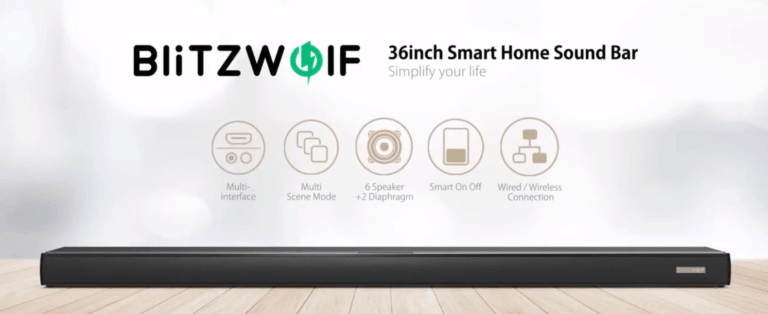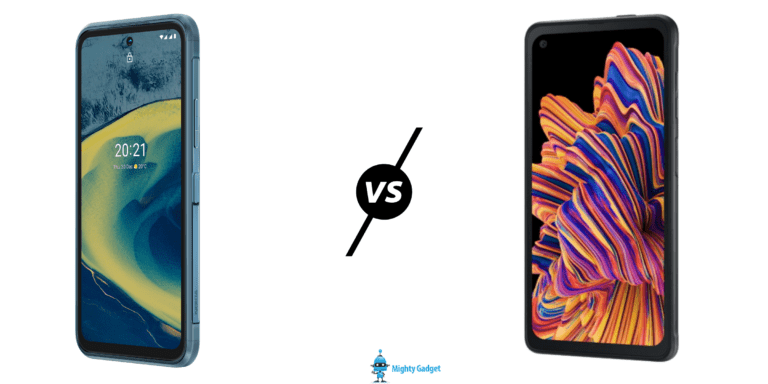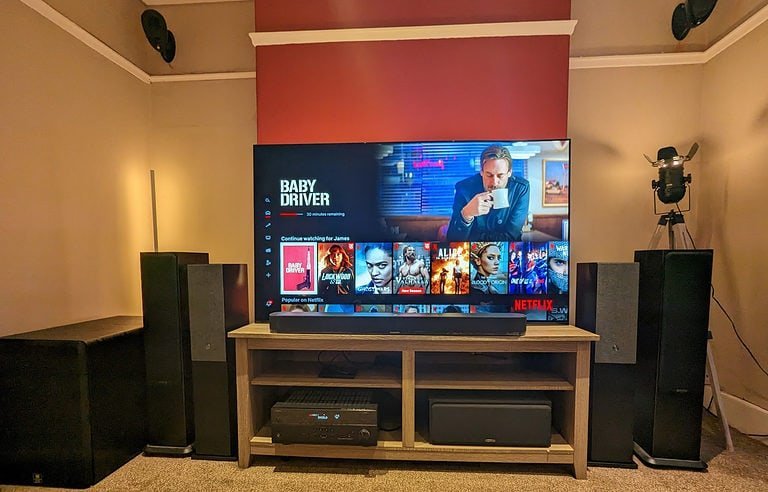Any links to online stores should be assumed to be affiliates. The company or PR agency provides all or most review samples. They have no control over my content, and I provide my honest opinion.
Portable monitors have become popular in recent years. I have reviewed several, including the affordable Acer PM1, the 4K Desklab monitor and the innovative Mobile Pixels Trio, which magnetically mounts to your laptop.
The Arzopa G1 is different from those three as it is a portable gaming monitor. Its selling point is that it can run at 1080P and can do 144Hz. Only a handful of monitors on the market can do this, and this is the cheapest, so it is off to a good start.
| Preview | Product | Rating | Price | |
|---|---|---|---|---|

| ARZOPA Portable Monitor A1 GAMUT 15.6 Inch 1920×1080 FHD... | Buy on Amazon |
Discount
You can use the discount code MIGHTY10UK to get 10% off this gaming monitor.
Specifications
- Size: 15.6 inches (16: 9)
- Panel: IPS
- Resolution: 1920 * 1080
- Frequency (H / V): 144HZ
- Colour: 100 sRGB
- Contrast ratio (standard value): 1000: 1
- Brightness: 300 nit
- Bracket material: Made of aluminium alloy
- Video input: Mini HDMI, full-featured Type-C * 2, 3.5mm audio
- Speaker: Built-in dual speakers
- In the box:
- 1 x USB-C to USB-C Cable (Full-functioned)
- 1 x Mini HDMI to HDMI Cable (For data transmission only)
- 1 x USB-C to USB-A Cable (For power supply only)
- 1 x Screen Cleaning Cloth
Design
Unlike my 4K Desklab monitor, this is shipped with its own screen protector and stand. It is magnetically applied, and the section that protects the display acts as a stand. There is a crease in the case, which is supposed to prop up the display. Initially, there was not much flex with this and it ended up having the display fall flat on its back a couple of times.
However, it appears that under the carbon fibre design plastic, is a cardboard-like material. Recklessly, I folded the crease back over on itself, feeling the cardboard give way, and I was able to angle the stand properly. This did leave a deep crease on the front of the cover.
Moving on to the monitor itself. This has a nice matte finish to it, making it more like a desktop monitor rather than many glossy laptop displays and reducing reflections.
Running along the bottom of the display is a chunky bezel, and ugly logo. This lower section of the display is thicker with a bump on the rear, where I assume all the main electronics are located.
On the right of the display, you have the power button, OSD controls and a 3.5mm headphone jack.
To the left are two USB-C ports and a mini HDMI port.
Set Up / Connectivity
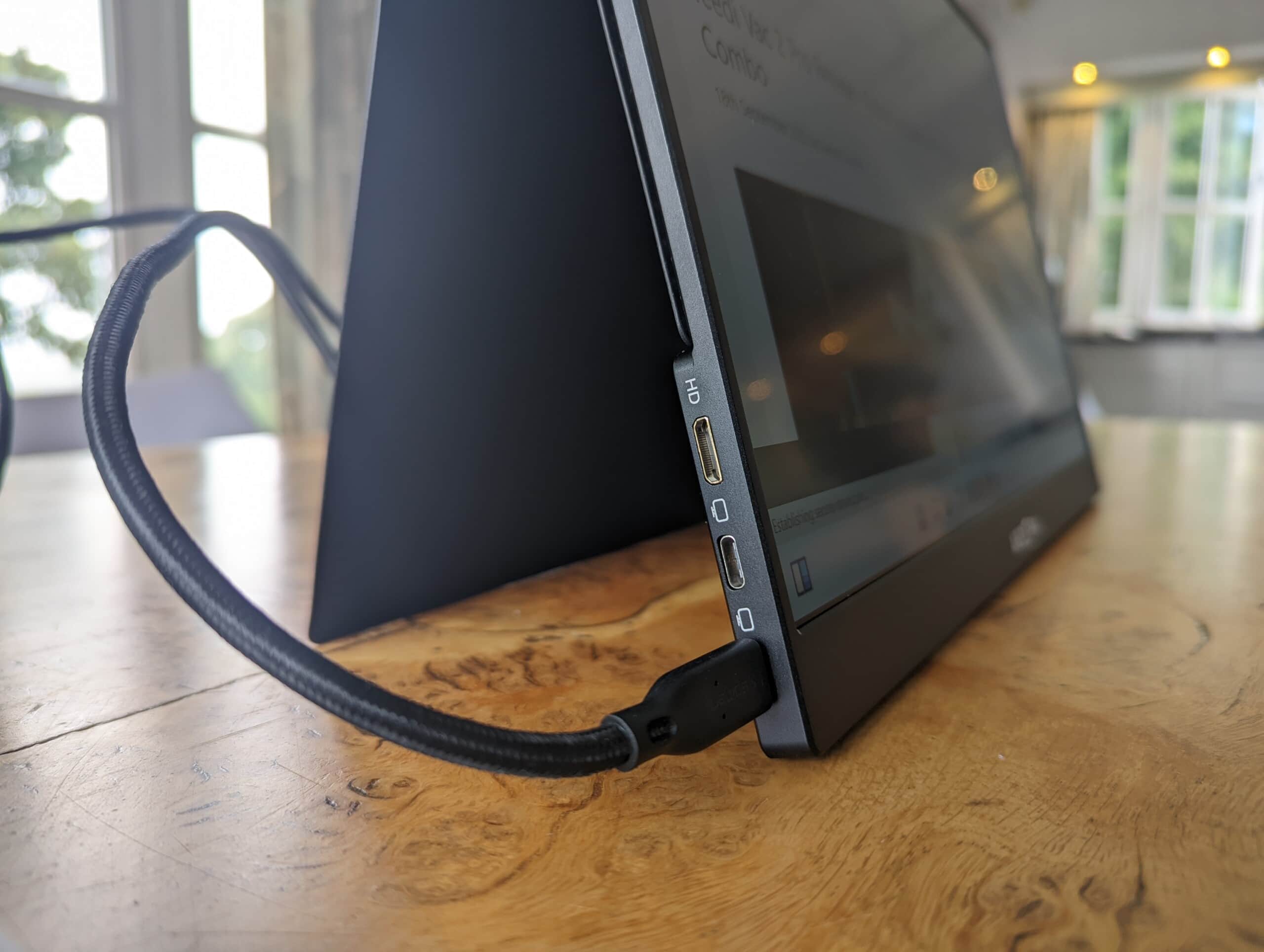

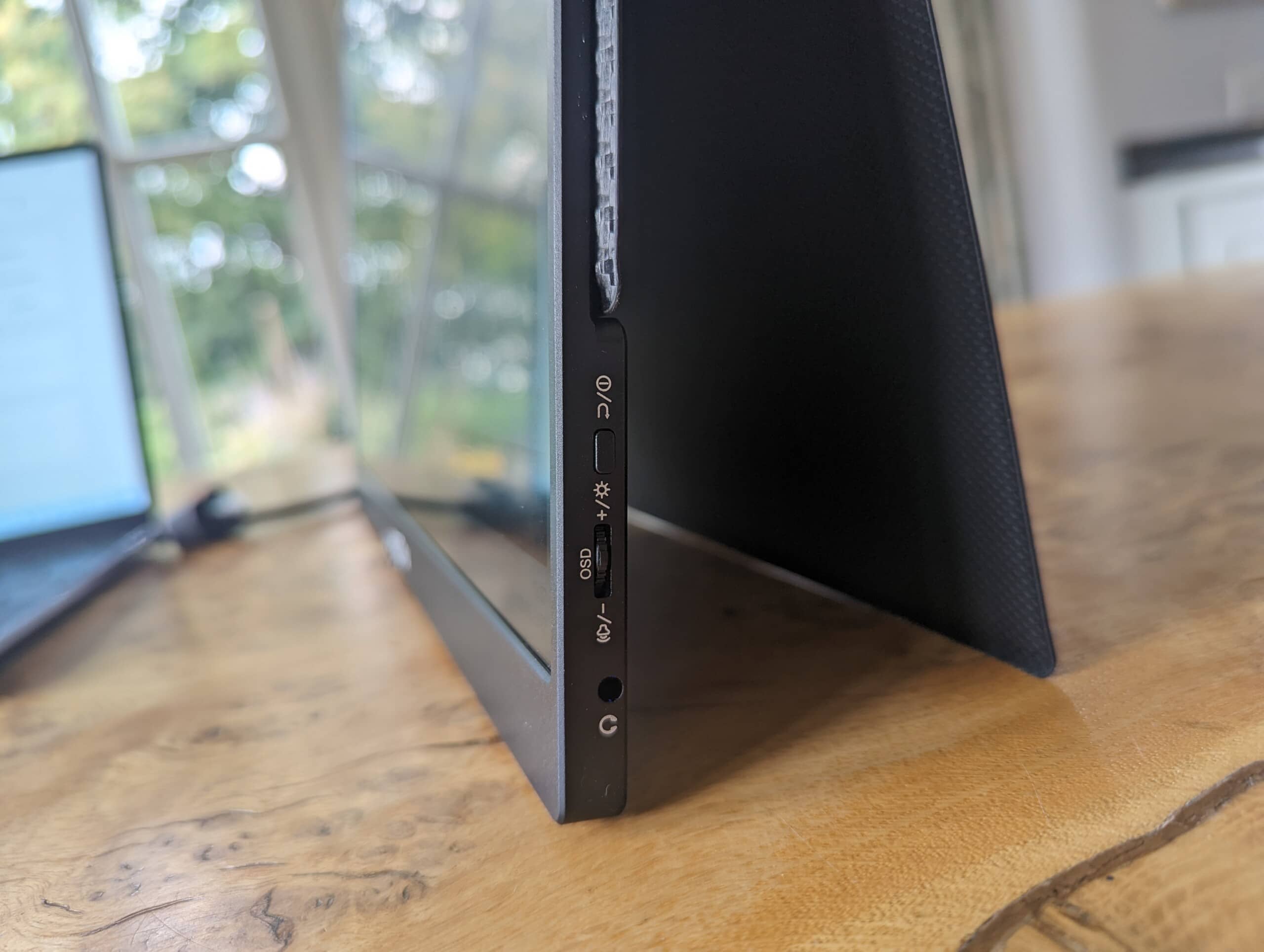

Unlike some of the ASUS portable monitors, there is no battery built into this.
You either have to power it from the plug or any device that can support charging and data at the same time. Most laptops with USB-C display outputs will be able to do this. It supports reverse charging too, so I can plug the monitor into the mains, and it will charge a portable device such as the Nintendo Switch or in my case, my phone.
For my Huawei Matebook 13, all I needed to do was plug the USB-C cable in, and the monitor powered up and the display connected. With Windows, you will need to manually switch the refresh rate to 144Hz.
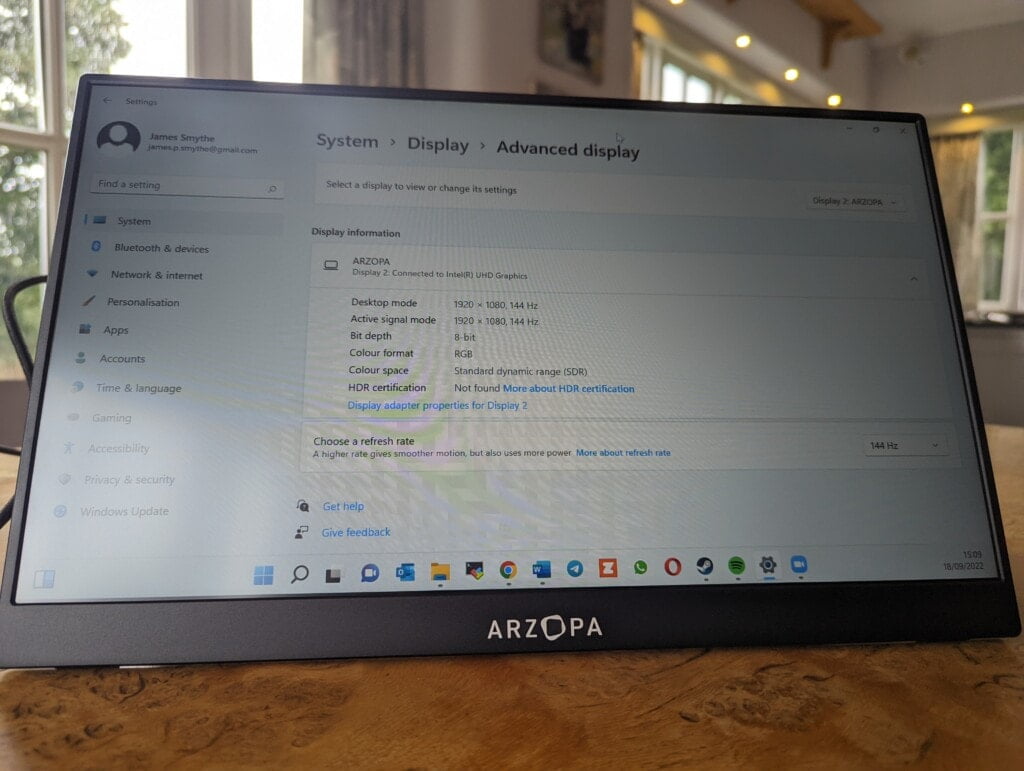

For my desktop, I used the included HDMI cable, and, in this scenario, I needed to provide power via USB. My sample was shipped with a UK plug, and it is USB-A providing just 15W of power (5V/3A). Therefore, you don’t need any fancy power delivery plug.
I was also able to power the monitor with a portable power bank, then reverse charge my Huawei P30 Pro and use desktop mode.
Performance
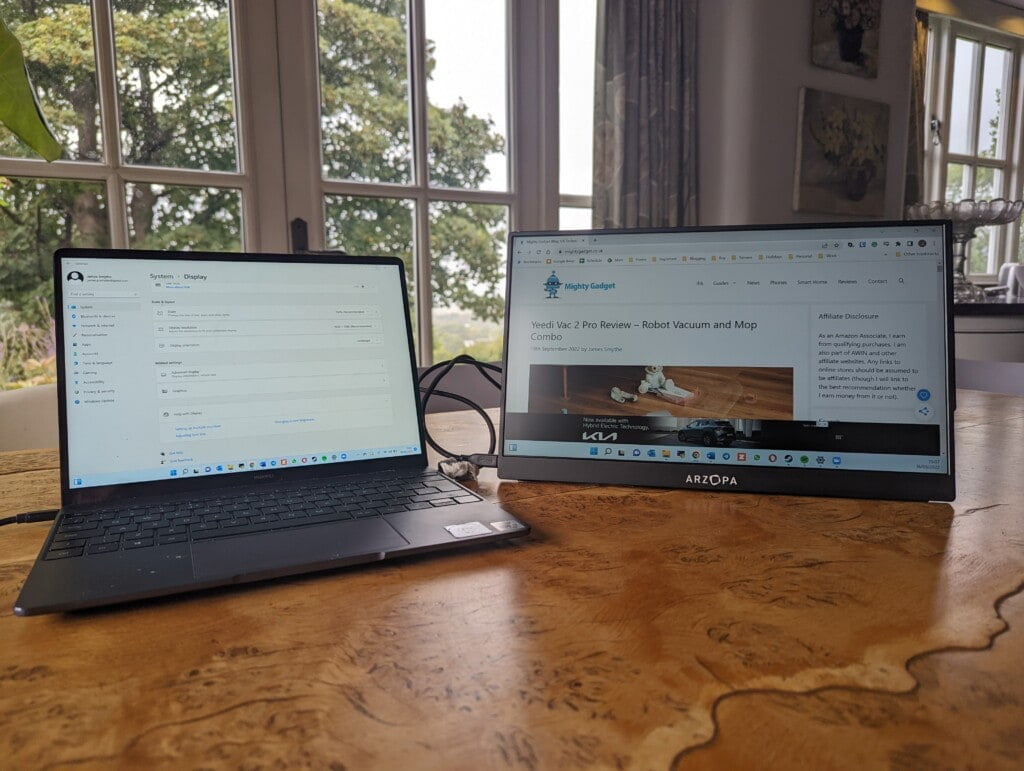

My high refresh rate testing has been limited to my desktop PC and various laptops. I also have a PS4, but that’s limited to 60Hz.
Doing some research into the monitor would appear that some users have had issues getting 120Hz to work with both the Xbox Series S and the Steam Deck. These are quite likely the two main devices that you would want to use this monitor with due to the smaller portable sizes. There is a good review by Retro Game Corps that covers this issue.
In my testing, I had no issues with the refresh rate of the monitor, I can go into windows and set the refresh rate to 144Hz without a problem. However, as the Retro Game Corps highlights, the issue is that I have no need for a portable gaming monitor with my non-portable PC, I have a 49-inch 120Hz Samsung C49RG90 for that. Then, my Huawei Matebook 13, is not really geared up for gaming.
Gaming on this with my RTX3080 is as good as you would expect. It is a significant improvement over 60Hz 1080P gaming.


When I tested with my Huawei P30 Pro, the monitor registered 144Hz, though I am not sure the phone supports that with desktop mode, nor is there much benefit.
While the 120Hz support may be limited, it will still appeal to some people. There are plenty of SFF gaming PCs this would suit, and this works on the PS5 without issue. I am probably going to continue using my PS4 with this monitor, allowing me to have my TV on in the background, and this could end up leading me to buy the PS5.
Beyond the refresh rate, the monitor works well. It is only rated for 300nits of brightness, but that’s plenty for me. When using it indoors I have it set to 50%, though that also means it can’t do HDR.
Colours look good, but I would say they are not as good as the Desklab monitor I have, I think this is mainly because of the matte display vs glossy.
The speakers work. That’s about the most positive thing I can say about them. They are not very loud or good quality, but it is handy if you are using it with a device that can’t provide its own audio. I’d recommend using the 3.5mm headphone jack and using headphones or a speaker.
Price and Alternative Options
| Preview | Product | Rating | Price | |
|---|---|---|---|---|
   | ARZOPA Portable Monitor A1 GAMUT 15.6 Inch 1920×1080 FHD... | Buy on Amazon |
The Arzopa G1 is available from Amazon UK for £195 or Amazon US for $190, and there is a $10 off coupon.
There are dozens if not hundreds of portable monitors on Amazon, but not many high refresh rate portable gaming monitors.
| Preview | Product | Rating | Price | |
|---|---|---|---|---|
  | ASUS ROG Strix XG16AHP Portable 144Hz Gaming Monitor,... | 204 Reviews | £364.99 | Buy on Amazon |
  | ASUS ROG Strix XG16AHPE 144Hz Gaming Monitor, 15.6-inch FHD... |
£369.00 | Buy on Amazon | |
  | ViewSonic VX1755 17-inch 1080p IPS 144Hz Portable Gaming... |
£274.97 | Buy on Amazon |
The £200 MSI Optix MAG162V is advertised as a gaming monitor, but it is not much different from all the other monitors on Amazon, being limited to 60Hz 1080P.
The ASUS ROG Strix XG16AHP appears to be the best portable gaming monitor by far. Just like the Arzopa G1, it is 1080P and can do 144Hz, but it also supports G-SYNC, has a built-in 7800 mAh battery has an innovative foldable tripod stand. However, due to those specs and the fact it is ASUS, it costs over £400. They also have a version without the stand for £355 or the larger 240Hz 1080P 17.3″ XG17AHP for £550.
Then there is the 17-inch ViewSonic VX1755 which is 144Hz 1080P, for £311.
As far as I am aware, that’s all the current options for 144Hz or higher portable gaming monitors at the moment. Therefore, the Arzopa G1 is the cheapest on the market.
Overall
I feel like a high refresh rate portable monitor is quite a niche product. Though, I have seen plenty of portable gaming PC builds on PCMR. This will also work well with the PS5, and I can appreciate that not everyone may have a living arrangement that has space for a dedicated gaming console/PC set-up.
There are some limitations with the high refresh rate of this monitor, so it is well worth considering these before buying this. I haven’t tested this with the Xbox or Steam Deck, so please check other reviews, 120Hz may end up working at some point.
If you are a user that could benefit from this monitor, then the Arzopa G1 is an excellent choice. It is by far the cheapest option on the market, and I think the overall performance for the price is excellent.
I am James, a UK-based tech enthusiast and the Editor and Owner of Mighty Gadget, which I’ve proudly run since 2007. Passionate about all things technology, my expertise spans from computers and networking to mobile, wearables, and smart home devices.
As a fitness fanatic who loves running and cycling, I also have a keen interest in fitness-related technology, and I take every opportunity to cover this niche on my blog. My diverse interests allow me to bring a unique perspective to tech blogging, merging lifestyle, fitness, and the latest tech trends.
In my academic pursuits, I earned a BSc in Information Systems Design from UCLAN, before advancing my learning with a Master’s Degree in Computing. This advanced study also included Cisco CCNA accreditation, further demonstrating my commitment to understanding and staying ahead of the technology curve.
I’m proud to share that Vuelio has consistently ranked Mighty Gadget as one of the top technology blogs in the UK. With my dedication to technology and drive to share my insights, I aim to continue providing my readers with engaging and informative content.
Last update on 2024-04-18 / Affiliate links / Images from Amazon Product Advertising API

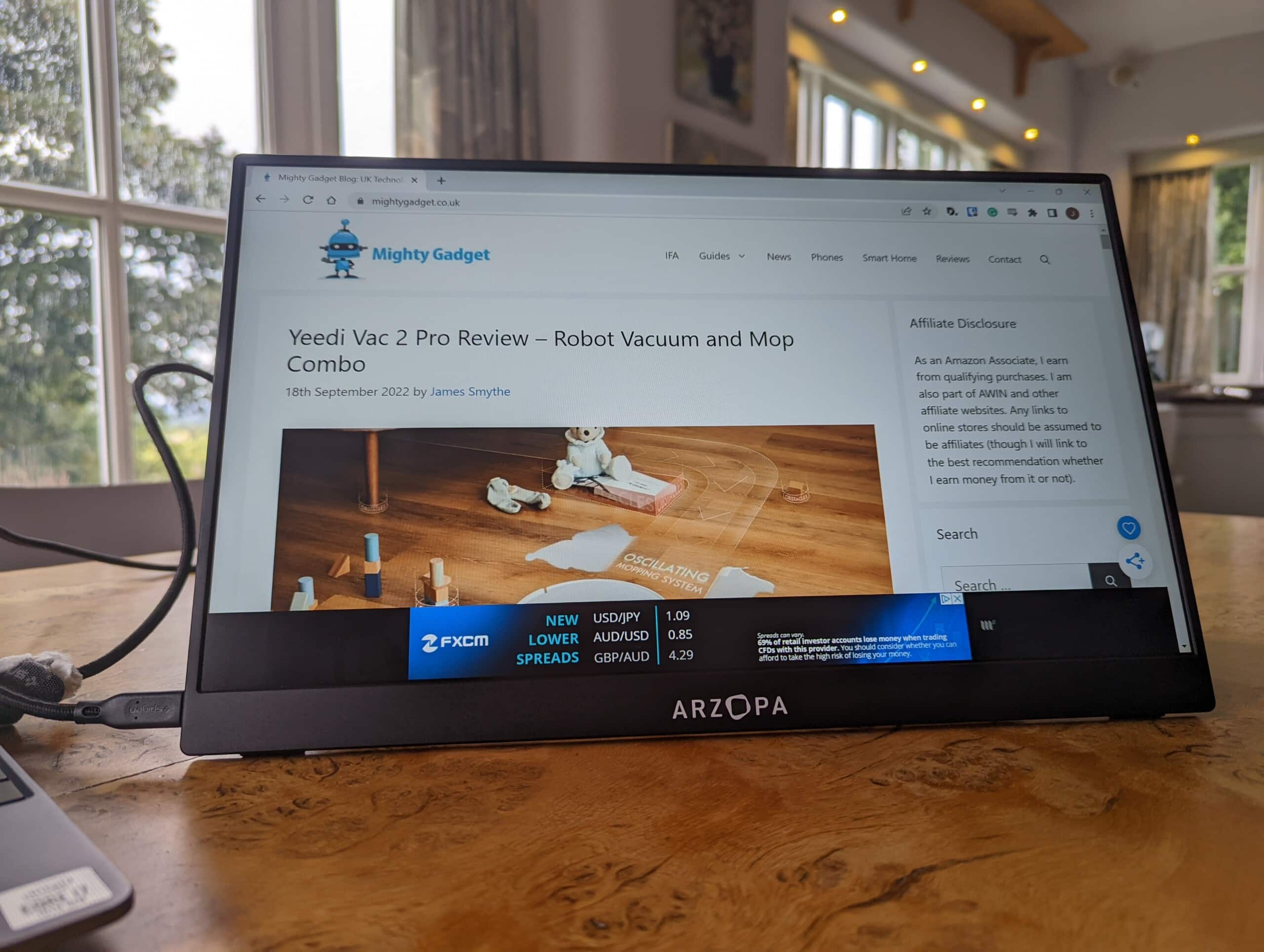
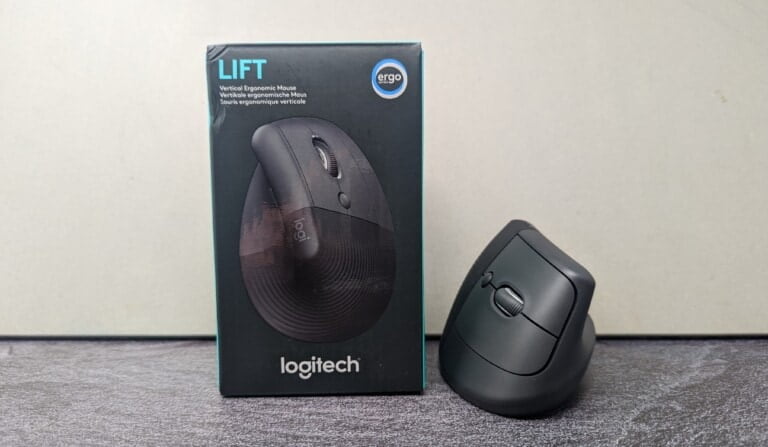
![Taotronics Tri-Band AC3000 Mesh WiFi Router Review [TT-ND001] – Better than any dual-band WiFi mesh system](https://mightygadget.com/wp-content/uploads/2021/01/Taotronics-Tri-Band-768x475.png)
